Plan a ‘Monumental’ Tour to Experience the Essence of India
India is a land of opportunities in all aspects, especially when it comes to travel and exploration. The country is a melting pot of cultures and heritage that showcases a diverse past. These historical places in India stand testament to the stories of times long forgotten, guarding the cultural heritage upon which modern-day India has been built. Whether you are a traveller at heart or if vacations are much called for, or even if you are a history buff; an exploration of all the famous monuments of India is something that everyone should do. From the India Gate, the national monument of India, to the much less known ‘Palace of Fairies’, hidden amidst the country’s northern reaches, there’s a lot that India has to offer.
An Unmatched Experience
Where some are enveloped in an air of mystery and intrigue, the magnificent splendour of architectural intricacies adorn others; some have the best stories to tell those who listen and others are reminders of sacrifices that people once made for the sake of the country. A never-ending list of monuments in India proves every day that history is not limited to books but all around in the marvels that today mark significant, monumental events. Here’s a small guide that can help you plan the perfect trip for exploring the important monuments of India:
Understanding the Plethora of Opportunities that Await You
Old monuments of India are not limited to the opulent palaces and strapping forts that once housed royalty, as the entire country is dotted across its length and breadth with diverse sites that together form a crucial aspect of India’s spirit. Whether old or new, palaces or memorials, the heritage monuments of India are a legacy that allows you to immerse in the glorious past and culture. Whether you are planning a long excursion or several short trips, here’s what you can expect:
A Trip Back in Time
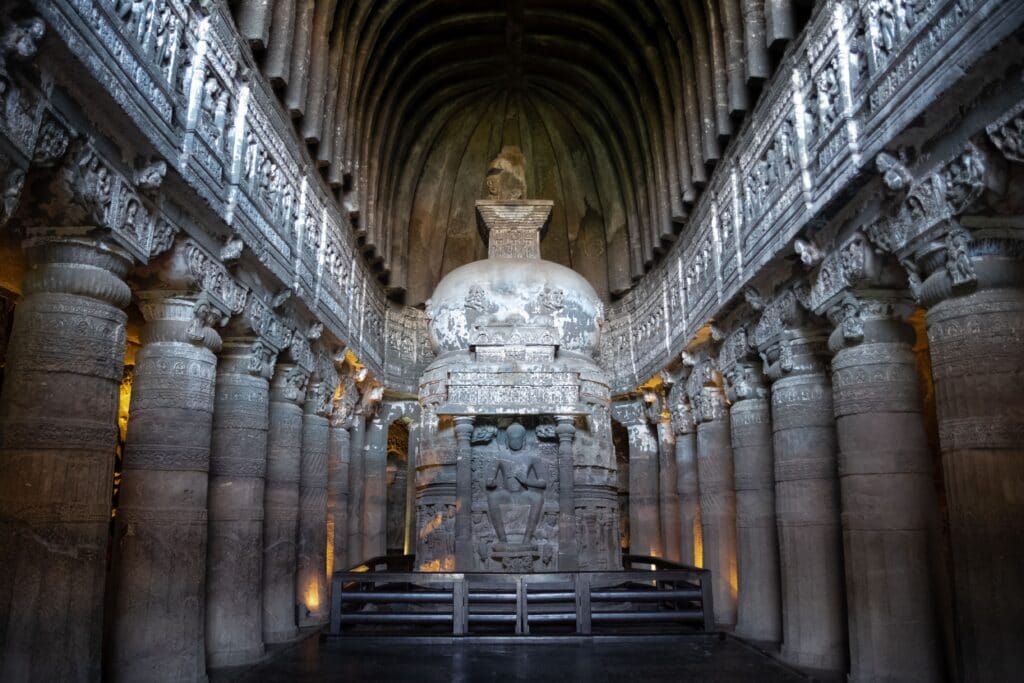
The historical monuments of India require no introduction. They are a treasure trove of culture that brings the stories of old to life, allowing you to peek into the life of people long gone. From horrifying incidents to pinnacle moments, from inexplicable mysteries to eerie roots, there are a lot of stories that are hidden within the historical monuments of India, just waiting to be heard. The list of historical monuments in India that you can visit must include (but not limited to):
- Taj Mahal (Agra)
- Qutub Minar (Delhi)
- Golden Temple (Amritsar)
- Mehrangarh Fort (Jodhpur)
- Ajanta and Ellora Caves (Aurangabad)
- Charminar (Hyderabad)
- Mysore Palace (Mysore)
- Konark Sun Temple (Orissa)
- Nalanda (Bihar)
- Kachari Ruins (Nagaland)
An Enriching Cultural Soirée
History forms the roots that mark the growth of a legacy, but the fact – of heritage is an equally important facet of India’s identity – is not unknown. So, your monuments of India tour can really not be completed without experiencing the diverse cultural traditions and customs. You can of course plan trips around the various fairs and festivals like the Suraj Kund Mela (Haryana), Pushkar Fair (Rajasthan), Taj Mahotsav (Uttar Pradesh), etc., for other times, you should try focusing on one heritage place at a time.
For example,
- Amritsar: India’s Golden City is a holy town where you can visit the myriad gurudwaras, temples, and museums.
- Delhi: The cosmopolitan capital showcases a harmonious amalgamation of the many cultures that ruled over it in the past and is also home to a huge number of old monuments, including the national monument of India.
Other cities of cultural prominence and housing the best heritage monuments of India include:
- Lucknow: City of Nawabs
- Rajasthan: The Land of Princes
- Rann of Kutch: The White Desert
- Kolkata: City of Joy
- Kerala: God’s Own Country
- Bhimbetka: Your Window to the Mesolithic Period
- Tamil Nadu: Home of the Great Living Chola Temples
- Khajuraho: The City of Gods
Walk the Path of India’s Architectural Evolution
The beauty of the country’s ethnic mosaic is without a doubt preserved by the old monuments of India, along with the story of the evolution of the architectural style in the region. The cross-cultural past of the country goes hand in hand with the steady metamorphosis of architecture and is quite the experience to witness through monuments like the Taj Mahal. Transitions, new cultures, cultural inclinations, development – each had its own impact, which you too can follow throughout these monuments in India:
- The Lotus Temple (Delhi): Composed of 27 petals, the structure represents secularism and openness.
- Amber Fort (Jaipur): A self-sustained structure with a highly advanced ventilation system, the fort is a prime specimen of the Rajputana architectural style.
- Chand Baori (Abhaneri): An example of Vernacular Architecture, the step-well is a testament to the geometric intelligence of the 9th-century craftsmen and architects.
- Sanchi Stupa (Sanchi): An exquisitely ornamented outstanding specimen for Buddhist art.
- Thikse Monastery (Ladakh): 12-storied, perched on a hill, and one of the biggest in the region, this monastery isn’t just an architectural marvel, but it is also a great source of knowledge, as it features the most amazing use of vernacular techniques in each and every element.
These monuments in India are just a few examples of architectural wonders that you can explore across the country.
Discover Some Hidden Gems
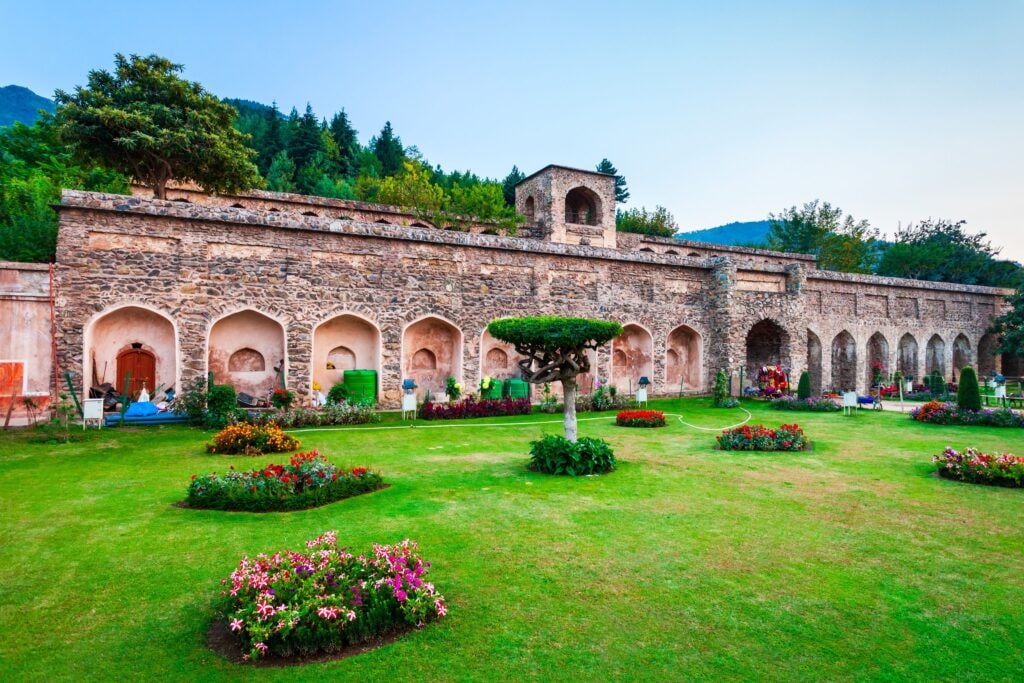
Besides the many, many famous monuments in India that have created renown of their own over the years, there are still so many unknown historical places in India that are yet to be discovered by the masses.
- Pari Mahal, Jammu & Kashmir: Translating to ‘Abode of Fairies’, this ancient school of astrology was built in 1640 CE by Dara Shikoh.
- Qila Mubarak, Bhatinda: The oldest fort in India that to date stands strong and sturdy, Qila Mubarak was built by Raja Dab in the 1st century Ad, using mud bricks.
- Bidar Fort, Karnataka: Built by Ahmad Shah in 1347, the rhombus-shaped fort boasts of mesmerising architectural features.
- Elegandal Fort, Telangana: A Kakatiya-Dynasty fort from the 11th century, the grand structure is surrounded by a 13 feet deep moat filled with crocodiles.
- Sisupalgarh, Orissa: One of the most interesting unknown monuments of India, this 2000-year-old structure is among the largest preserved historic fortifications in the country and boasts of marvellous defence systems.
Don’t be wary of walking down a less travelled path, as some amazing experiences await you at the destination.
Explore Some of the Most Important Monuments of India
Representing the interdependence of natural and cultural diversity across the entire world, which belongs to all people, irrespective of geographical definitions, UNESCO World Heritage Sites are prominent monuments across the world that are considered to hold significant value for humanity. Many monuments in India have been declared UNESCO World Heritage Sites that you can explore with curated tour packages at any time. Your itinerary can cover several natural or cultural monuments in India, like:
- Fatehpur Sikri, Uttar Pradesh
- Elephanta Caves, Maharashtra
- Chhatrapati Shivaji Terminus, Mumbai
- Numerous Churches & Covenants of Goa
- Humayun’s Tomb, Delhi
- Kumbhalgarh, Gagron, Ranthambore, and Jaisalmer Forts, Rajasthan
- The Darjeeling-Himalayan, Nilgiri Mountain, and Kalka-Shimla Railways
- Champaner-Pavagadh Archaeological Park, Gujarat
- Rani-ka-Pav, Patan, Gujarat
- Historic City of Ahmedabad, Gujarat
- Dholavira, a Harappan City in the Rann of Kutch
- Kaziranga National Park, Assam
- Manas Wildlife Sanctuary, Assam
Even after the many monuments in India that have been listed here, it is safe to say that they barely scratch the surface of the treasures held within the confines of the country. No matter where you go, you are sure to find some exquisite sites to explore in India.









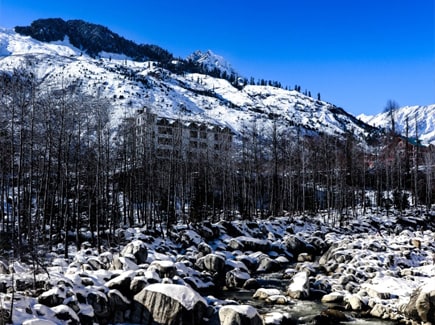
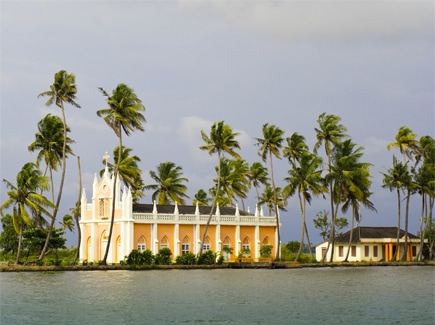













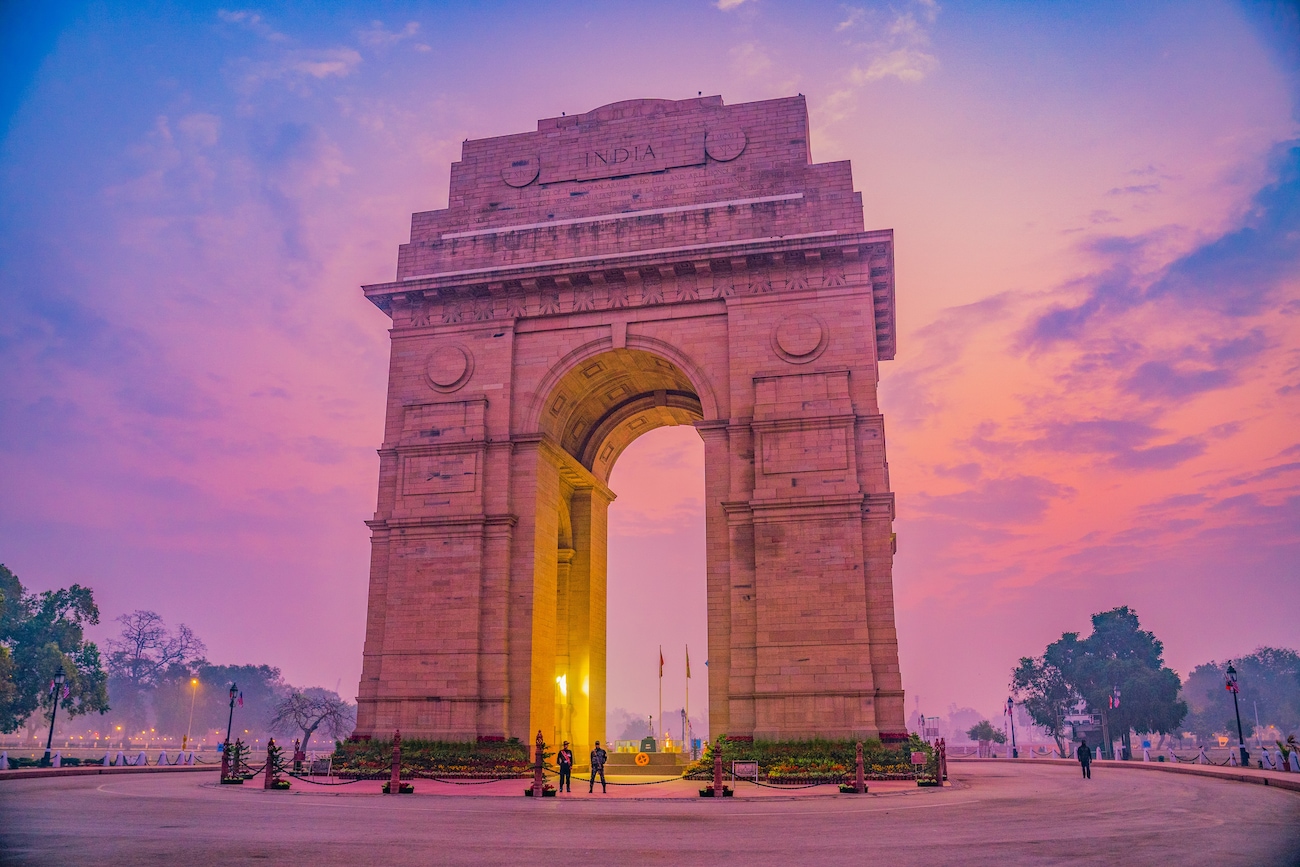









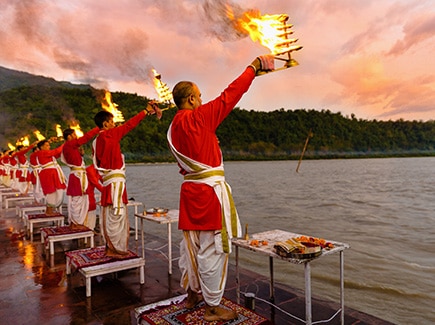
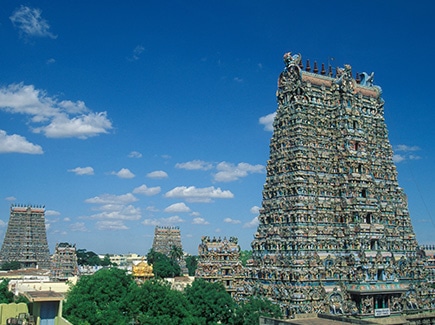












Post your Comment
Please let us know your thoughts on this story by leaving a comment.